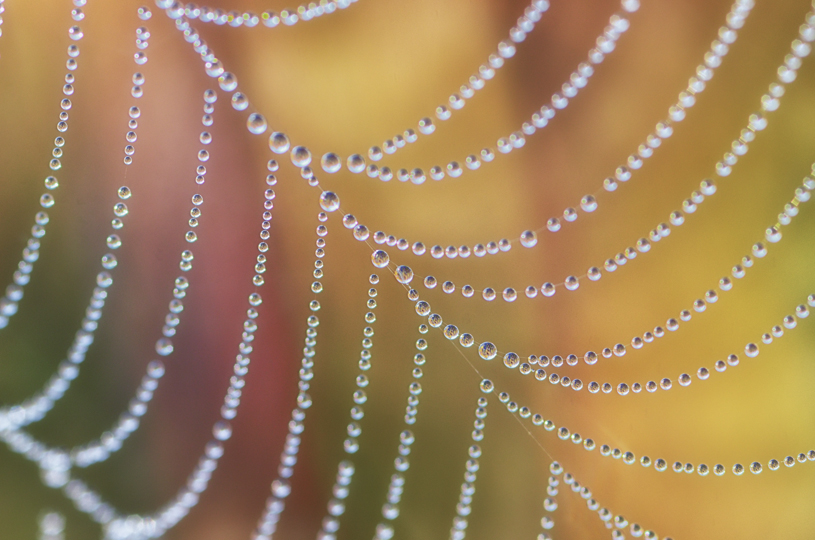The natural world with all of its plants and animals is amazingly complex, with each species having so many adaptations that allow it to perfectly fit into its environment. It is difficult to know all the different ways animals survive winter. Here is a small sample, giving information about a handful of our native animals.
Let’s see how you did on the Winter World Quiz. Here are the answers:
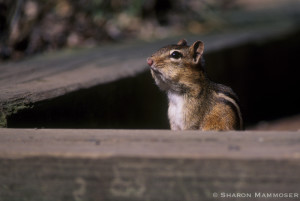 1. Bears, chipmunks and woodchucks are true hibernators. FALSE. Chipmunks and Woodchucks are true hibernators but bears don’t fit the definition of a true hibernator. That’s because true hibernators have a drastic drop in body temperature, respiration and heart rates and they are difficult to wake up. For example, during hibernation, a woodchuck may have a body temperature of 38 degrees F compared to 98 degrees the rest of the year. Their heart rate drops from 80-105 down to only 4 or 5 beats per minute! A bear on the other hand only lower their body temperate a few degrees and breath a little slower than during the rest of the year. A bear wakes easily while it is sleeping and doesn’t have the dramatic drop off in heart rate or temperature. They are amazing though, as they can sleep for more than 100 days! If you want to read more about BEARS, click Here.
1. Bears, chipmunks and woodchucks are true hibernators. FALSE. Chipmunks and Woodchucks are true hibernators but bears don’t fit the definition of a true hibernator. That’s because true hibernators have a drastic drop in body temperature, respiration and heart rates and they are difficult to wake up. For example, during hibernation, a woodchuck may have a body temperature of 38 degrees F compared to 98 degrees the rest of the year. Their heart rate drops from 80-105 down to only 4 or 5 beats per minute! A bear on the other hand only lower their body temperate a few degrees and breath a little slower than during the rest of the year. A bear wakes easily while it is sleeping and doesn’t have the dramatic drop off in heart rate or temperature. They are amazing though, as they can sleep for more than 100 days! If you want to read more about BEARS, click Here.
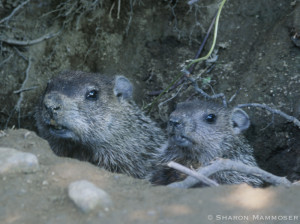
2. Woodchucks and Groundhogs are the same animal. TRUE. Many people don’t know this, but it is true. In my experience it seems like Naturalists and Biologists call the animal a woodchuck but other people, for instance those on the TV reporting about “Groundhog Day,” call it a groundhog. Either way, it’s the same animal–a mammal –a rodent–who spends the winter hibernating.
3 Some birds migrate to other places to escape the cold temperatures. FALSE. Some birds DO migrate, or fly to another area to spend the winter, but it’s not because of the cold temperatures, it’s because they can’t find food. Have you ever worn a down jacket or slept beneath a down comforter? Then you know feathers are very warm! Birds can tolerate the cold, they just are unable to find the foods they eat when the ground is frozen or covered in snow. Birds that eat insects must migrate where insects will be available.

4 Reptiles and Amphibians spend the winter in a state of dormancy. TRUE. Both groups of animals have amazing adaptations that allow them to sleep for the entire winter. Many, like garter snakes and black rat snakes, congregate in large numbers in a place referred to as a hibernaculum. This is a place, perhaps a cave or mine or underground hollow, that they might have been going to for MANY, MANY years. In the case of others, like wood frogs, they might burrow beneath some leaves, freezing solid for the winter. They survive because of a chemical like antifreeze that is in their bodies that prevents ice from forming within their cells. Some turtles burrow down in the mud at the bottom of the pond, while others spend the winter sleeping on land, perhaps under a fallen tree or pile of rocks.
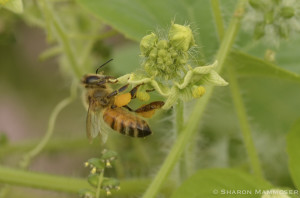 5. There are no active insects during winter. FALSE. Honey bees –the workers and the queen–do not die before winter and stay active within their hives. (The drones do die before winter) Honey bees are able to accomplish this feat by beating their wings rapidly to keep the hive at a constant temperature of around 40 degrees. They sustain themselves on the honey that they have stored up before winter arrives.
5. There are no active insects during winter. FALSE. Honey bees –the workers and the queen–do not die before winter and stay active within their hives. (The drones do die before winter) Honey bees are able to accomplish this feat by beating their wings rapidly to keep the hive at a constant temperature of around 40 degrees. They sustain themselves on the honey that they have stored up before winter arrives.
6. Because it’s so cold in the water, beavers and otters must hibernate. FALSE. Beavers, otters, mink, and muskrats–all animals that live in an aquatic environment, do not hibernate. Instead, they put on a layer of fat, get a thicker coat and stay active during winter. Beavers will store up a food cache outside of their lodge that they will feast on if their body of water is frozen over.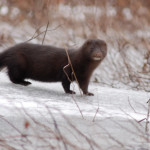
7. Most insects overwinter in the larval form. FALSE. Some insects overwinter in the larval form–take a wooly bear caterpillar for instance– but most overwinter in the egg or pupa stage. The pupa stage is the stage just before becoming an adult and may last for months. As an example, a caterpillar that becomes a butterfly may overwinter in the chrysalis stage, which is just another word for the pupa stage. Many overwinter as eggs, left behind in the fall by the females.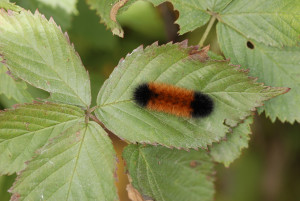
8. Some bats hibernate, some migrate and some do both. TRUE. Depending on where they live, a bat in the United States may hibernate, migrate or migrate and then hibernate! It all depends on where they live. But our bats are insect eaters so during winter when insects are not around, the bats must do something to adapt to this change. They might migrate to a cave and gather with hundreds and even thousands of other bats, or they may just hibernate where they live. In recent years, bats are really in trouble as thousands of them are dying during hibernation. If you want to read more about this, click HERE.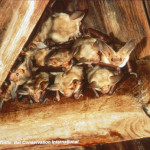
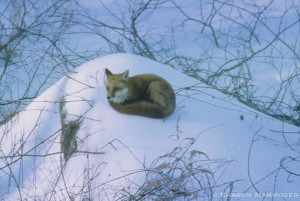 9. Fox, coyotes and bobcats stay active. TRUE. All three of these animals stay active during winter, along with deer, squirrels, raccoons and many kinds of birds. Their diet is likely to change and they get a thicker fur coat, but they do not have the luxury of sleeping like a bear for the entire winter!
9. Fox, coyotes and bobcats stay active. TRUE. All three of these animals stay active during winter, along with deer, squirrels, raccoons and many kinds of birds. Their diet is likely to change and they get a thicker fur coat, but they do not have the luxury of sleeping like a bear for the entire winter!
10. Some animals, like a deer, change the color of their fur during winter. TRUE. The change in the color of a deer’s fur may not be obvious to everyone, but it is more muted in the winter to blend in with the winter landscape. Weasels and rabbits have a white fur coat during the winter that allows them to blend into the landscape and avoid detection from predators.
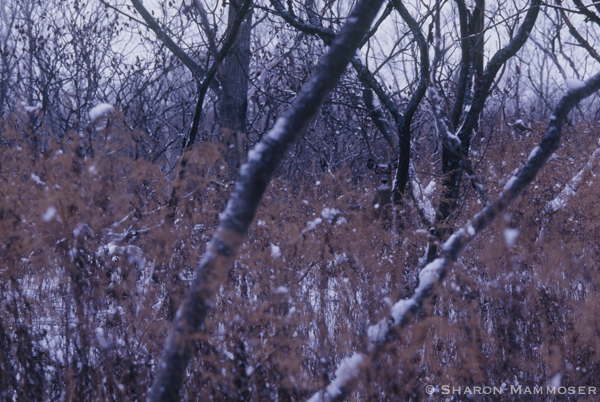
How did you do? I hope this was a fun way to learn about some of our animals and I hope you come back and visit again soon. Happy wildlife watching!
Resources:
Winter World by Bernd Heinrich

